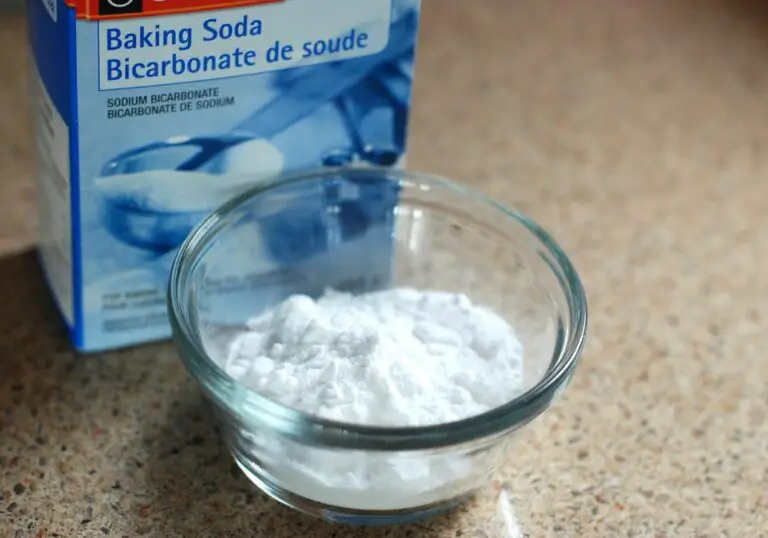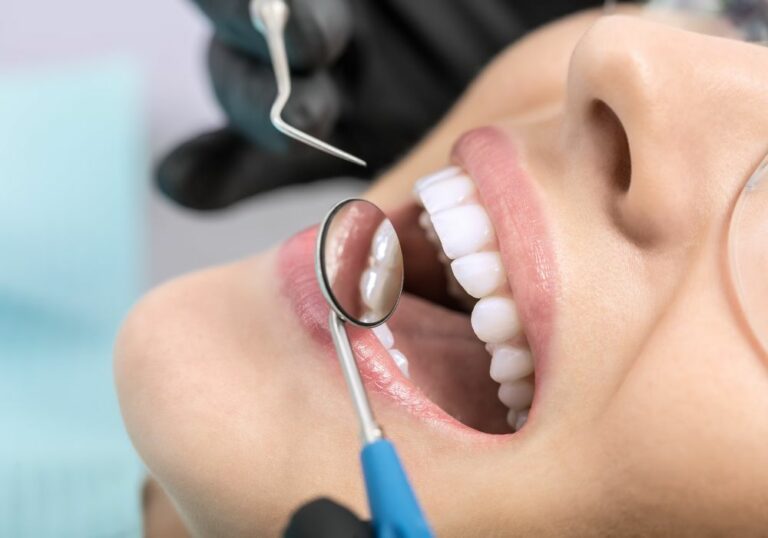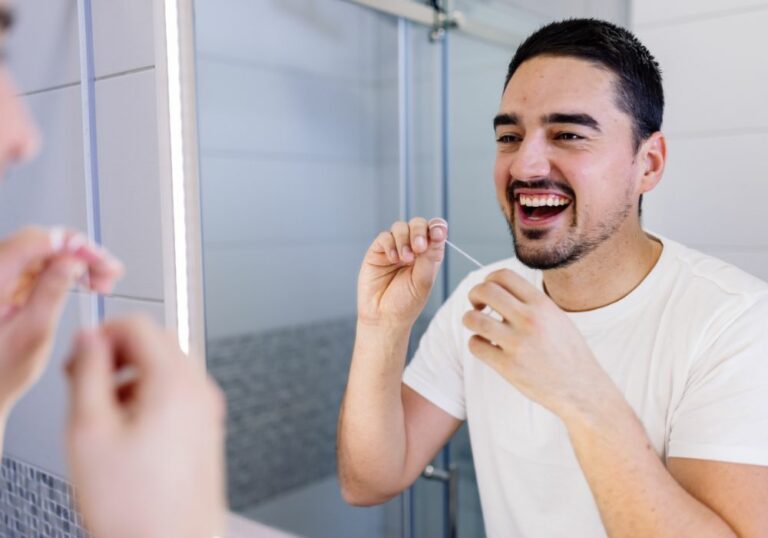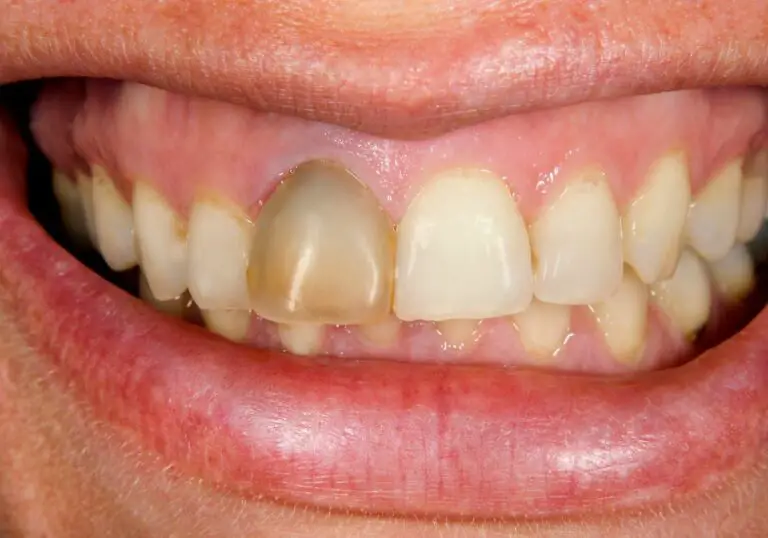Sparkling white teeth are something many people desire. But when your pearly whites start to look blotchy or develop white spots after using whitening strips, it can be concerning. You used the strips to brighten your smile – so why are your teeth now unevenly whitened?
This frustrating problem is quite common. Many factors can cause teeth to look patchy after using drugstore whitening strips. The good news is there are ways to prevent blotchy whitening and even fix it after the fact.
This in-depth article will examine all the reasons you may get uneven whitening results. You’ll learn how whitening strips work, what causes them to lighten some areas more than others, and how to troubleshoot for the best outcome. We’ll also provide tips to help you avoid patchiness from the start.
How Do Whitening Strips Work?
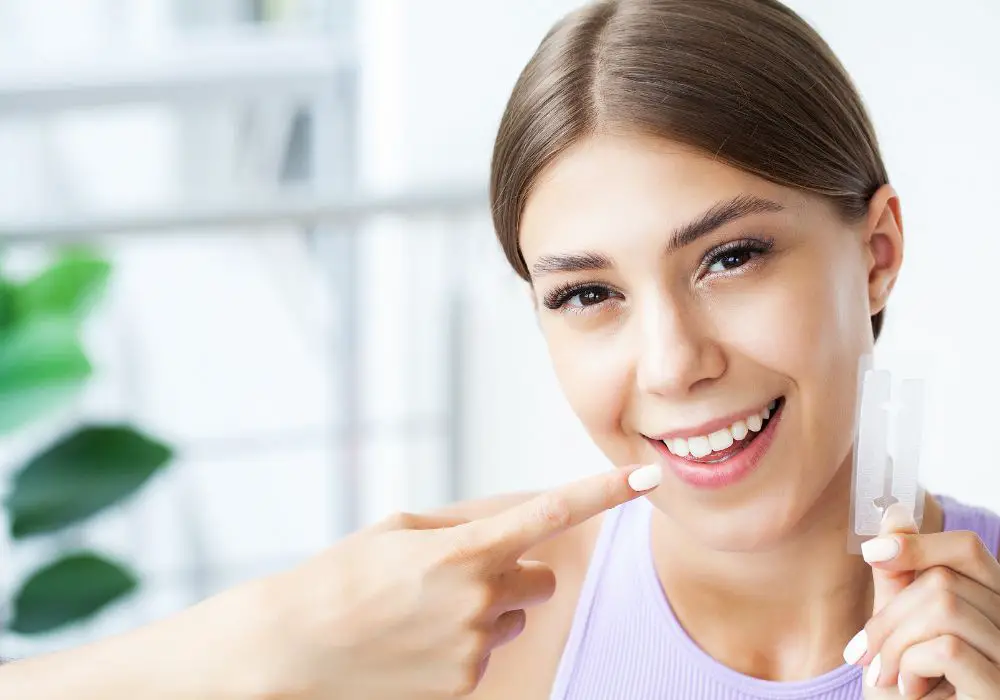
Before we get into what can go wrong, let’s look at how whitening strips are supposed to brighten your smile.
Whitening strips are thin, flexible strips that are coated with a bleaching gel. Main ingredients include:
- Hydrogen peroxide – This is the active whitening agent. It breaks down into oxygen and hydroxyl free radicals that penetrate the tooth enamel to lift stains.
- Glycerin – Keeps the strips moist and adhesive to stick to your teeth.
- Carbomer – Gives the gel its consistent thickness and viscosity.
- Flavoring & sweeteners – Improve the taste of the bitter peroxide.
The bleaching gel concentration is typically between 3-14% hydrogen peroxide. Higher percentages lead to faster whitening, but also increase tooth sensitivity.
To use whitening strips, you simply apply them to your top and bottom teeth. The sticky gel adheres them directly to the surface of your teeth.
You wear the strips for 30 minutes up to 1 hour daily, repeating for 10-14 days. During this time, the peroxide lifts intrinsic stains from inside the enamel layer.
When used properly, the strips can lighten your teeth by up to 7 shades without significant side effects. But improper use can lead to uneven whitening.
What Causes Teeth to Look Patchy After Whitening?
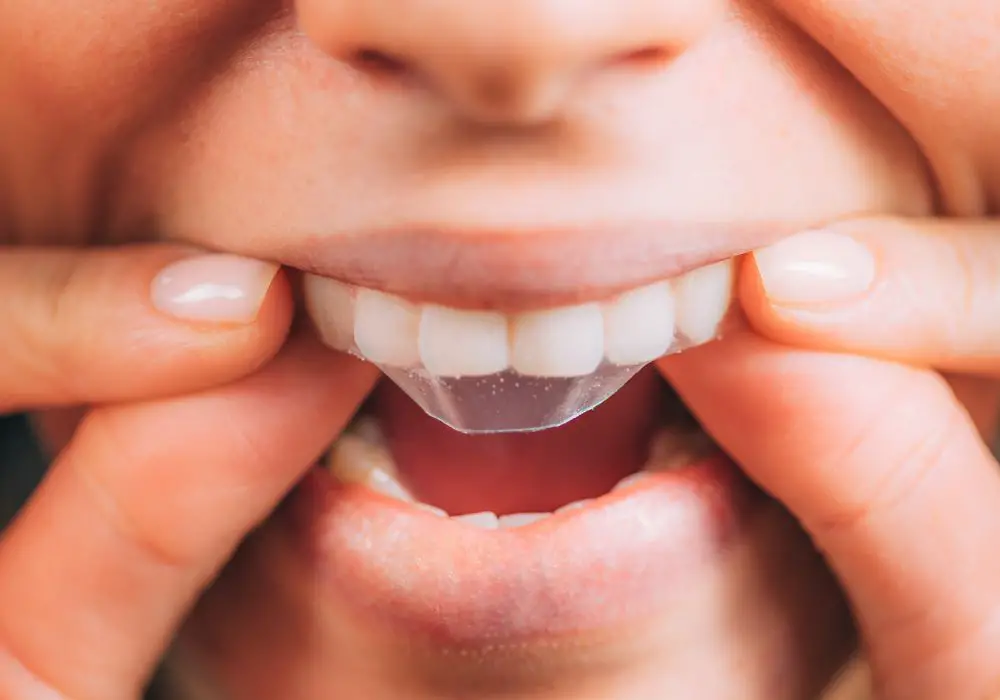
If you notice your teeth are blotchy with white spots or translucent patches after using strips, what’s to blame? Here are the most common causes of uneven whitening.
Uneven Application of Gel
One of the top reasons for patchy whitening is uneven application of the gel. If you apply more bleaching gel to certain teeth, those areas will whiten faster.
Carefully applying a thin, even layer across every tooth surface is key. Don’t glob on thick gobs of gel – this can lead to blotchiness.
It can help to use a finger or Q-tip to spread the gel smoothly after applying the strips. Get the fronts, backs, and edges of all your teeth.
Dehydration
For the whitening gel to penetrate into your enamel, it first has to dehydrate the layer of enamel. If your enamel is overly dehydrated, it can create light and dark spots.
Be sure to drink plenty of water while undergoing the whitening treatment. Hydrated enamel whitens more evenly.
Thin Tooth Enamel
The thickness and density of your enamel impacts how well it whitens. Thinner or weaker enamel will bleach faster than other areas.
Genetics play a role in how strong your enamel is. If you have natural thin spots, take extra care when whitening. Ask your dentist if you have concerns.
Gum Recession
Over time, your gums can recede and expose more of the yellowish dentin layer under the enamel. These newly exposed areas appear lighter after whitening.
Focus the gel only on enamel surfaces, avoiding the dentin near receding gums. This will prevent translucent spots at the gum line.
Tooth Restorations
Tooth-colored fillings, dental crowns, and veneers will not change color along with your natural teeth when you whiten. This can make them stand out.
Avoid applying the strips’ gel directly onto restorations. Use discretion if you have a lot of dental work.
Chemical Burns
In rare cases, misusing highly concentrated peroxide gel can essentially “burn” the enamel. This destroys areas of enamel and causes white spots that do not fade.
Never exceed the recommended usage times with whitening strips. And stick to lower concentrations like 10% hydrogen peroxide.
How to Prevent Uneven Whitening
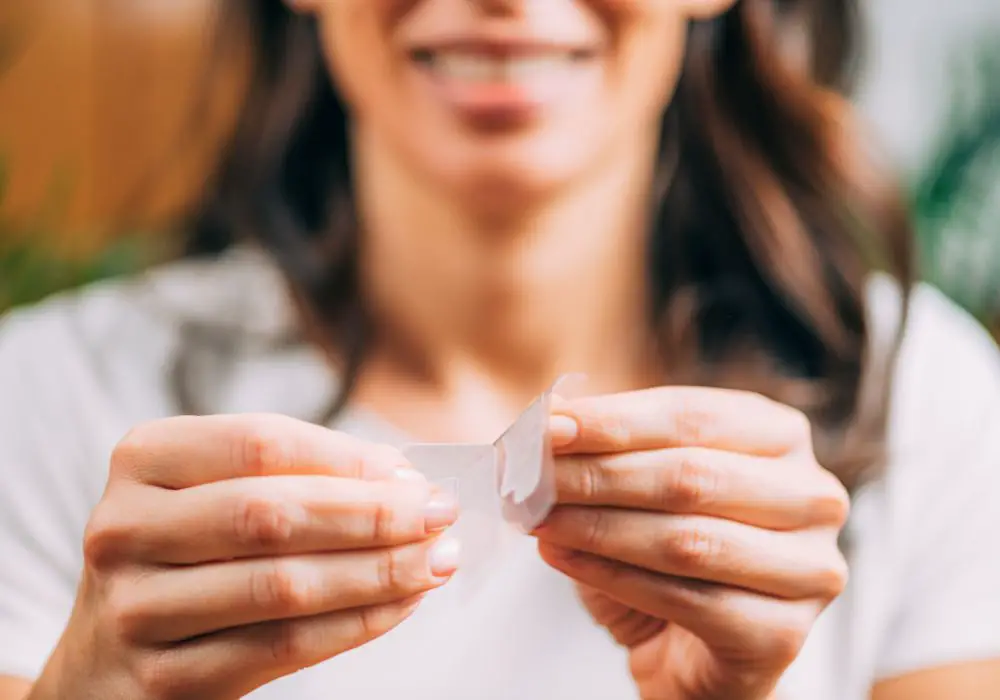
Now that you understand what causes patchy teeth after whitening, here are some tips to help prevent it:
- Carefully apply the gel in an even, thin layer to each tooth
- Drink plenty of water to keep enamel hydrated
- Use lower strength hydrogen peroxide like 10%
- Focus application only on natural enamel
- Follow instructions and don’t over-whiten
- Ask your dentist about thin spots or recession
- Consider custom trays for a more controlled application
Taking the time to carefully apply the gel to each tooth surface is key. If you have thin enamel or lots of dental work, talk to your dentist first about the safest options.
How to Fix Patchy Whitened Teeth

If you do end up with blotchiness and white spots, there are ways to improve the situation:
Stop Whitening and Wait
First, cease using the whitening strips. Give your teeth anywhere from 1-3 weeks to allow the color to even out on its own. Avoid staining foods and drinks during this time.
Use Remineralizing Toothpaste
Special toothpastes can remineralize enamel and help blend white spots. Ask your dentist for a product recommendation.
Try Professional Whitening
See your dentist for in-office whitening to evenly apply strong peroxide gel under supervision. This can often correct stubborn blotchiness.
Repair Restorations
If your fillings now stand out next to your whiter teeth, consider having them replaced to match better.
Apply Bonding
For smaller white spots, dental bonding with tooth-colored resin can disguise them.
With the right approach, you can still wind up with an evenly whitened, gorgeous smile. Be patient and talk to your dentist.
Whitening Strips FAQs
Still have questions about using whitening strips to evenly brighten your smile? Here are answers to some frequently asked questions.
Why are my teeth uneven after Crest whitening strips?
With any whitening strip brand, teeth can come out unevenly white due to applying gel inconsistently, having dehydrated enamel, natural thin spots, discoloration near fillings, or chemical burns from overuse. Careful application is key.
What causes white spots on teeth after using whitening strips?
The hydrogen peroxide in strips can cause white spots if it’s applied unevenly, if you have thin enamel, or if you dehydrate your teeth. Spots may also indicate chemical burns. See your dentist if they persist.
How do you fix splotchy teeth after drugstore whitening?
To fix uneven teeth after using strips, stop whitening and give your teeth time to even out for 1-3 weeks. Try remineralizing toothpaste or in-office whitening. If needed, replace restorations or use bonding.
Why did my teeth whiten faster in certain areas?
Teeth whiten quicker in some spots due to thinner enamel, gum recession exposing dentin, or too much gel applied to specific teeth. Focus on keeping every tooth surface hydrated and evenly covered.
How long does it take for whitening to even out after stopping?
After you cease whitening treatments, your teeth can take 1-3 weeks to normalize in color. Avoid further whitening or staining foods and drinks while your enamel rehydrates and adjustments take place.
Is there permanent damage from whitening strips?
When peroxide gels are used improperly at very high doses for extended periods, permanent white spots indicating enamel damage may occur. Always follow the product instructions to avoid this.
Conclusion
While whitening strips are generally quite safe, getting patchy or uneven results is a common complaint. By learning proper usage and what causes blotchiness, you can achieve uniformly whiter teeth. Be patient, take preventive steps, and talk to your dentist if you have any special concerns before whitening.
With careful use of whitening strips and by following up with enamel-healthy habits, you’ll be smiling wide with long-lasting bright and beautiful teeth.

